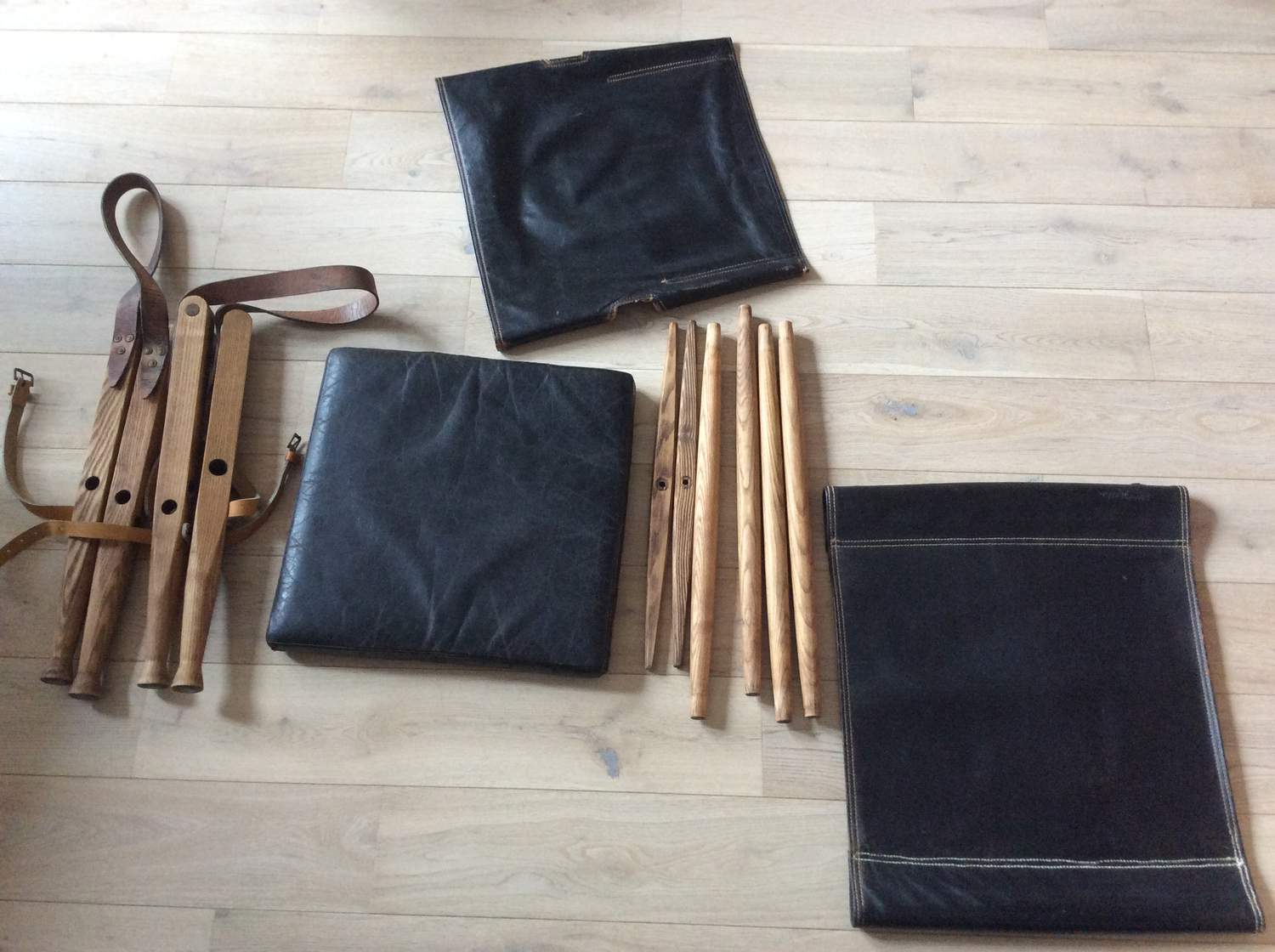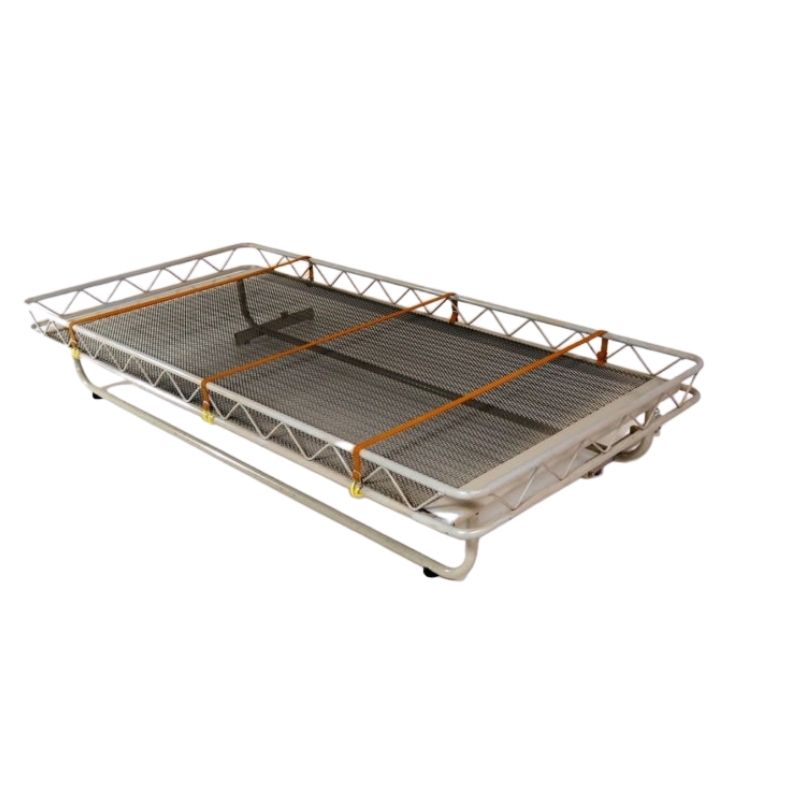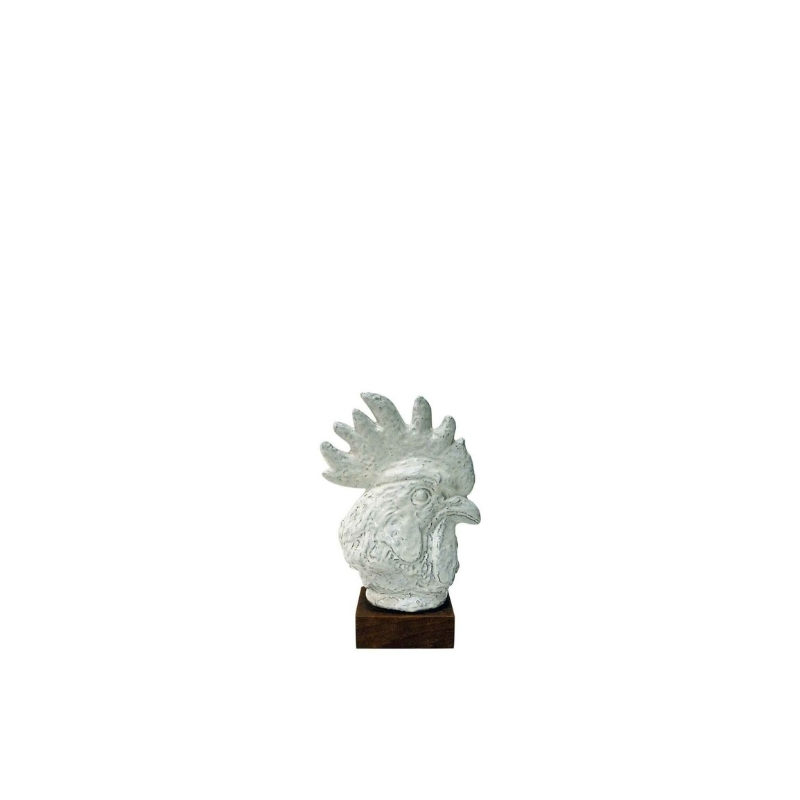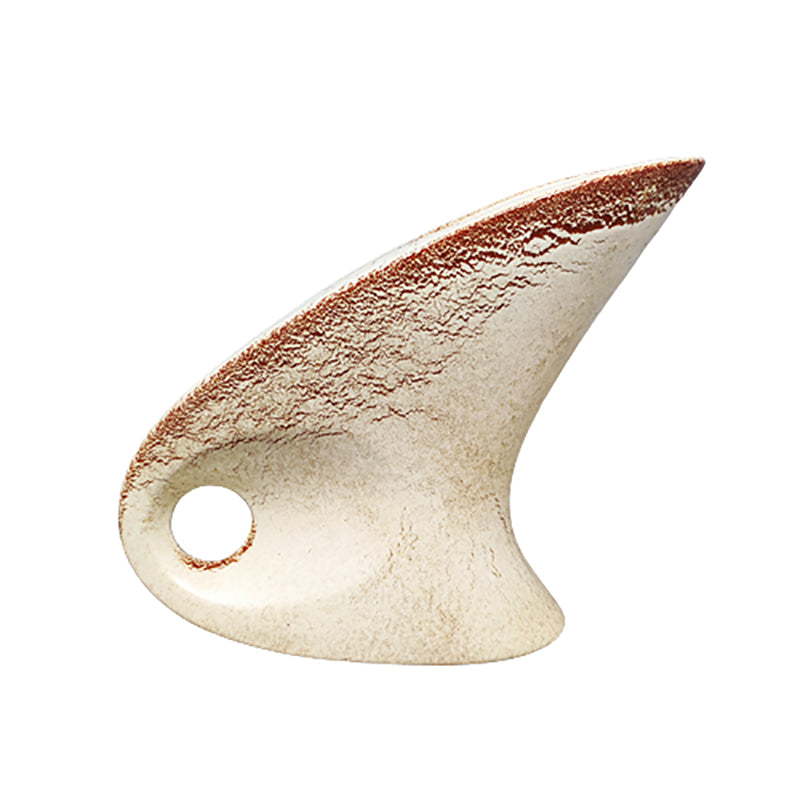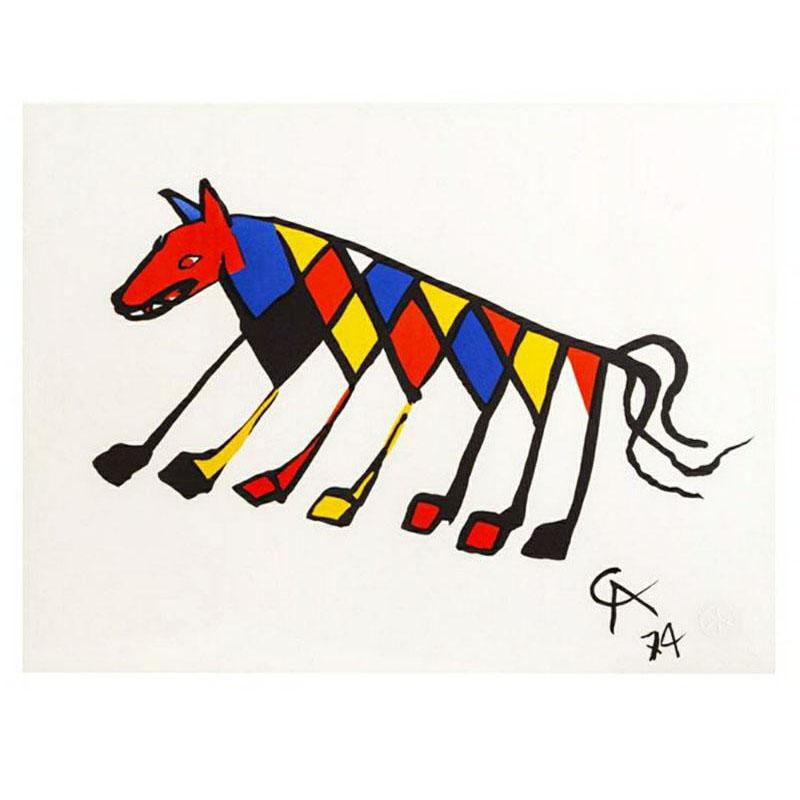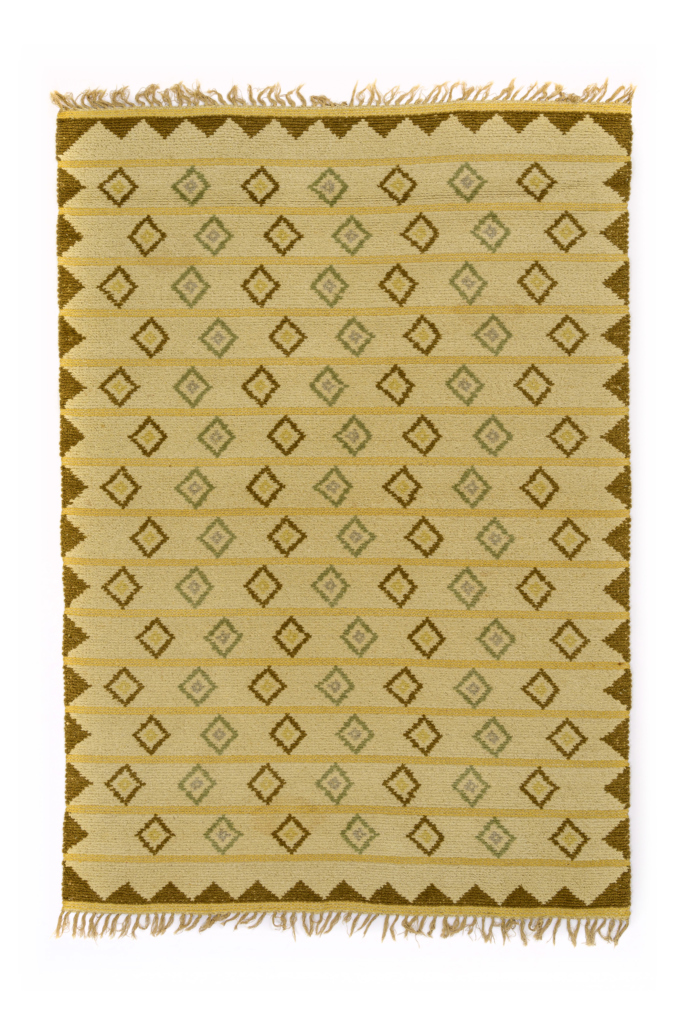Hi,
I am buying a vintage Kaare Klint safari chair. It is on the other side of the country so I am not going to see it in person before signing a check.
1. How to date it? I know they have been in production since the 30s. The one I am buying looks old enough but I am wondering how old exactly. Is there any way to tell?
2. How do you guys recondition old and cracked leather that has not been properly maintainted?
Many thanks for your help!
I've had success in treating abused leather with pure neatsfoot oil. You might need to find some sort of leather dealer, or a place that sells saddles to find it. And make sure it is pure neatsfoot oil, and not some concoction with a couple of drops of mixed with something else.
I would not be surprised if it is not called neatsfoot oil in French. So 'neat' is an archaic English word for cow, hence it is the oil extracted from the feet and lower legs of cattle. They have low blood circulation in their legs, so cow feet tend to be much lower temperature than cow cow body temperature. And thus the fat in their legs is chemically different than the fat in their bodies so that it stays liquid at lower temperatures. This is probably more explanation than you need but hopefully it helps you find the right stuff in French.
I've applied neatsfoot oil liberally to completely hard brittle and cracked leather (it was roughly 5mm Danish oxhide) every few days for a month or two. This made the leather supple again. And I can now sit in a sling seat that I was sure would collapse if I had even tried to before.
I have read that neatsfoot oil may slowly damage stitching, but I would not be surprised if you need to redo the stitching anyway at this point. It is not hard to do by hand with a sewing awl and waxed cotton thread.
Generally you want to be mindful of the PH level of anything you put on raw leather because leather is slightly acidic. So if you put a basic chemical on leather (soap for example) there will be a very slow chemical reaction that damages the fibers of the leather.
Take a look at the screw heads on the tops of the legs. Slotted head is going to be earlier than Phillips (cross) head. I would guess that dividing line is --very roughly-- the early 1970s.
There are also new style Rud Rasmussen logos: the mirrored RR logo. Not sure when RR switched to that logo, but those chairs are newer.
What wood is the chair?
This seems like good information:
https://blog.lostartpress.com/2015/08/21/kaare-klint-safari-chairs-early...
Hi Leif. Thanks for your help and detailed explanations!
I have yet to receive the chair, so I will have to wait a little to check the screws.
Unfortunatly I have very little background on this chair. The only things I know is that it comes from the French Riviera and it has been bought used by the late husband of the lady who is the selling it to me.
I guess the wood is ash but I have no idea. What would you say?
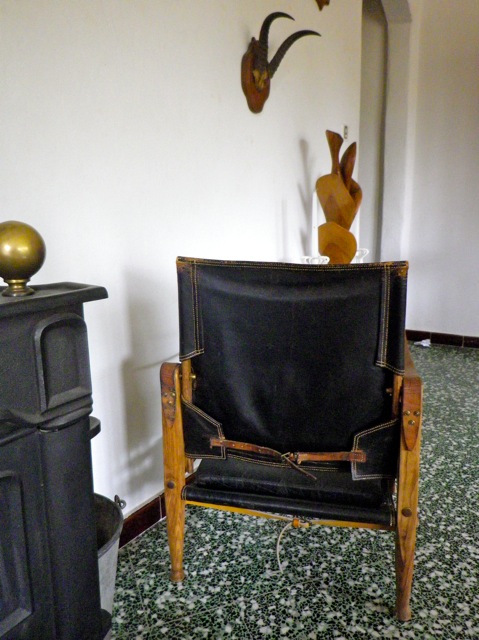
I finally wrote to Carl Hansen to help me date my Safari chair. It appears that it is probably from the 70s.
* The type of screws I have were used from 1960 to 1980. Then they have been replaced by Philips head screws.
* Apparently, most the safari chairs in smoked ash date from the 1970s as it was difficult back then to get good quality ash. Smoking was used to hide the imperfections in both the wood colour and structure.
Thought it might be useful to someone someday.
If you need any help, please contact us at – info@designaddict.com


